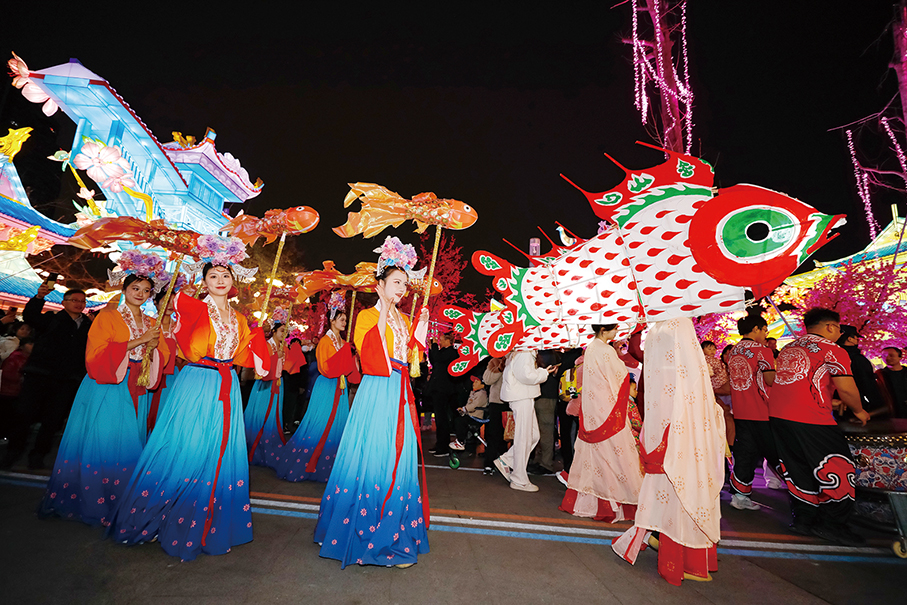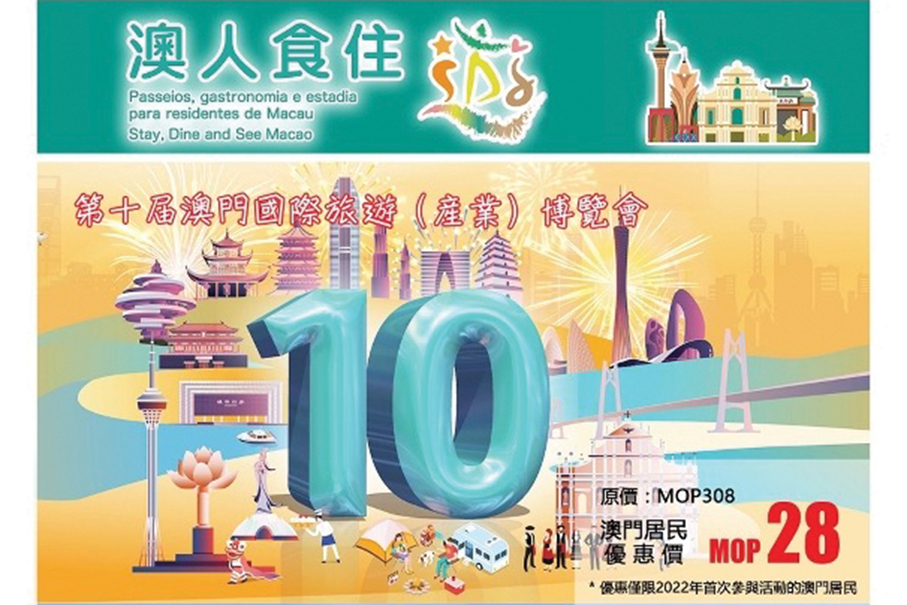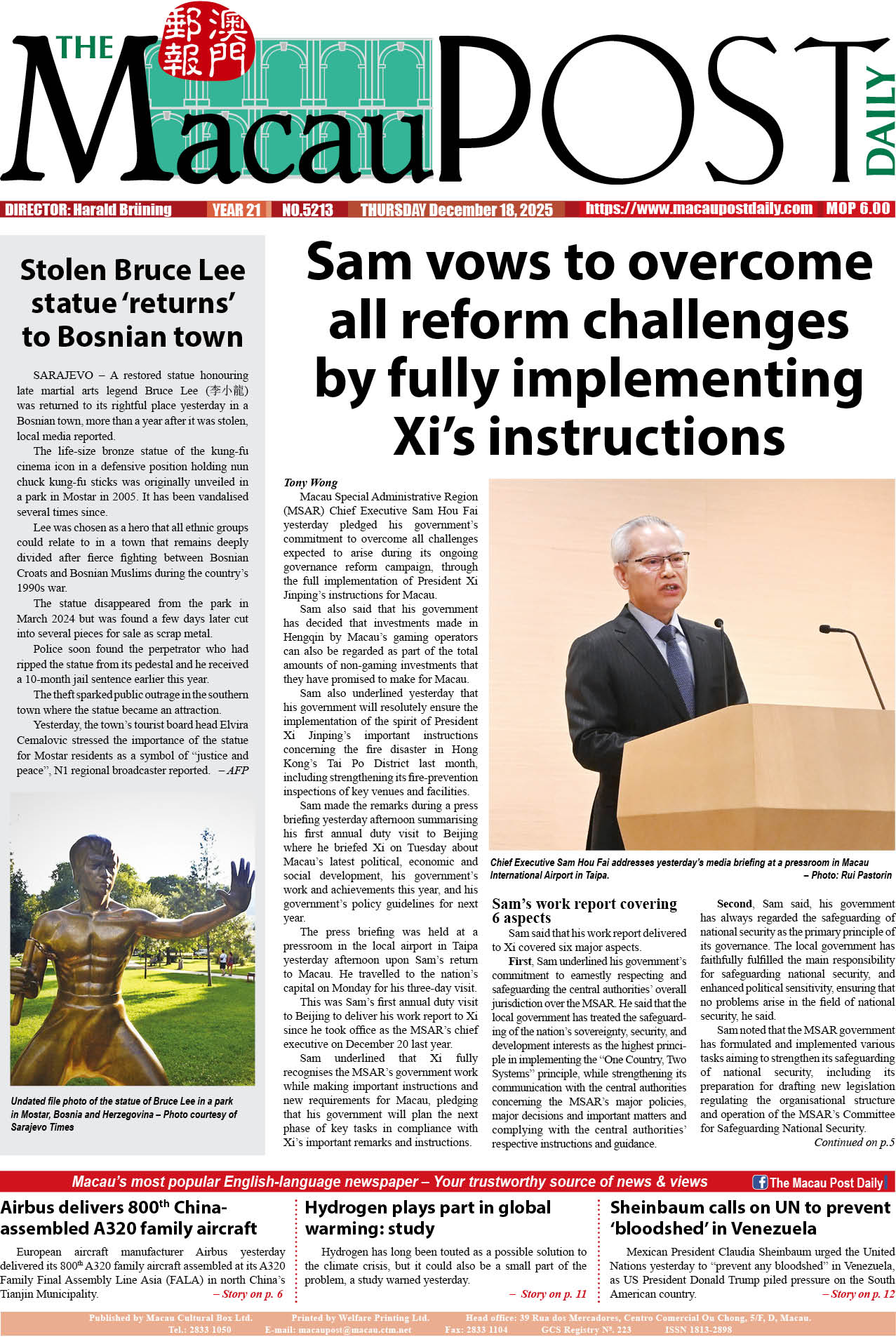Feature
BEIJING – As the Lantern Festival took place yesterday, the traditional celebrations for the Chinese New Year or Spring Festival, in 2025 draw to a close. This year’s Spring Festival is the first one since its inscription on UNESCO’s Representative List of the Intangible Cultural Heritage of Humanity.
With the Spring Festival gradually gaining global recognition and popularity, opinions vary on whether the festival should be called “Spring Festival” or “Chinese New Year,” with some also advocating for the term “Lunar New Year.”
So, how should the festival be accurately referred to in English?
SPRING FESTIVAL: LITERAL EXPRESSION
The term “Spring Festival” is a literal translation of the Chinese word “Chunjie.” The character “Chun” means “spring,” symbolizing renewal and new beginnings, while “Jie” means “festival.”
When applying for UNESCO’s Representative List of the Intangible Cultural Heritage of Humanity, the Chinese working group used the direct translation “Spring Festival,” and the term was also officially adopted in the published document.
On UNESCO’s website, it states: “In China, the spring festival marks the beginning of the new year. It falls on the first day of the first month of the Chinese calendar and involves a variety of social practices to usher in the new year, pray for good fortune, celebrate family reunions and promote community harmony. This process of celebration is known as ‘guonian’ (crossing the year).”
Therefore, using “Spring Festival” in various contexts is appropriate, as it accurately reflects the festival’s cultural significance and aligns with its official recognition. For example, an annual TV program broadcast live and watched by billions worldwide on Chinese New Year’s Eve is titled “The Spring Festival Gala.”
CHINESE NEW YEAR: CAPTURING CULTURAL DEPTH
However, some argue that “Spring Festival” may lack the cultural depth and significance conveyed by “Chinese New Year.” Unlike “Spring Festival,” the term “Chinese New Year” better captures the essence of “guonian,” which symbolizes bidding farewell to the old year and welcoming the new.
Meanwhile, the celebrations are deeply rooted in Chinese traditions, such as the reunion dinner, probably the most important meal of the year, where the whole family gathers, as well as the giving of “hongbao” (red envelopes) and the lighting of firecrackers, all of which symbolize good fortune, happiness and prosperity.
Advocates of “Chinese New Year” also argue that the festival has been celebrated in China for millennia, reflecting its profound historical and cultural heritage.
Zhang Wenzhou, a senior researcher on public relations at the Communication University of China, said that the term “Chinese New Year” has been widely used for a long time in the English-speaking world and aligns more closely with the festival’s historical and cultural reality.
In sum, “Chinese New Year” resonates more strongly with the festival’s cultural and historical significance, making it a more meaningful choice for many. For people unfamiliar with the festival, “Chinese New Year” provides an easy and direct way to identify the celebration.
Regardless of the cultural and linguistic nuances of “Spring Festival” and “Chinese New Year,” both terms are acceptable and can be used interchangeably in most contexts.
LUNAR NEW YEAR: A BROADER YET POTENTIALLY MISLEADING TERM
Then, how about “Lunar New Year?”
Some claim that “Lunar New Year” is a more inclusive expression, recognizing the shared celebrations across cultures and fostering cross-cultural understanding, especially among countries in East and Southeast Asia, while “Chinese New Year” may be seen as too narrow.
“Lunar New Year” can broadly refer to the traditional New Year celebrations observed in various Asian cultures, such as Korea’s “Seollal,” Vietnam’s “Tet” and Mongolia’s “Tsagaan Sar.”
What should be noted is that Spring Festival is based on the traditional Chinese calendar, which is emphasized in UNESCO’s document. Combining both lunar and solar elements, the traditional Chinese calendar is a lunisolar system, instead of a pure lunar calendar.
Shi Wei, a council member of the Shanghai Astronomical Society, said that from the calendrical perspective, the term “Lunar New Year” is scientifically inaccurate.
In other words, the Chinese calendar is not the same as the lunar calendar, and therefore “Chinese New Year” should not be equated with “Lunar New Year.”
The debate over whether to call the festival “Spring Festival,” “Chinese New Year” or “Lunar New Year” may persist, but one thing is certain: Spring Festival is now becoming a festival celebrated worldwide.
Up to now, nearly 20 countries have designated the Spring Festival as an official holiday. The “Happy Chinese New Year” celebrations worldwide, organized by the Chinese Ministry of Culture and Tourism, have been held annually for 25 consecutive years. This year, the event featured nearly 500 diverse performances and exhibitions across more than 100 countries and regions.
The next Spring Festival will fall on Feb. 17, 2026. Don’t forget to wish your Chinese friends and yourself a “Happy Spring Festival!” – Xinhua

Performers participate in a parade during the 54th Chengdu International PandaLantern Fair in Chengdu, capital of Sichuan Province, yesterday. Various activities were held across the nation to celebrate the Lantern Festival, which falls on the fifteenth day of the first month of the Chinese lunar calendar – yesterday, this year. – Xinhua








